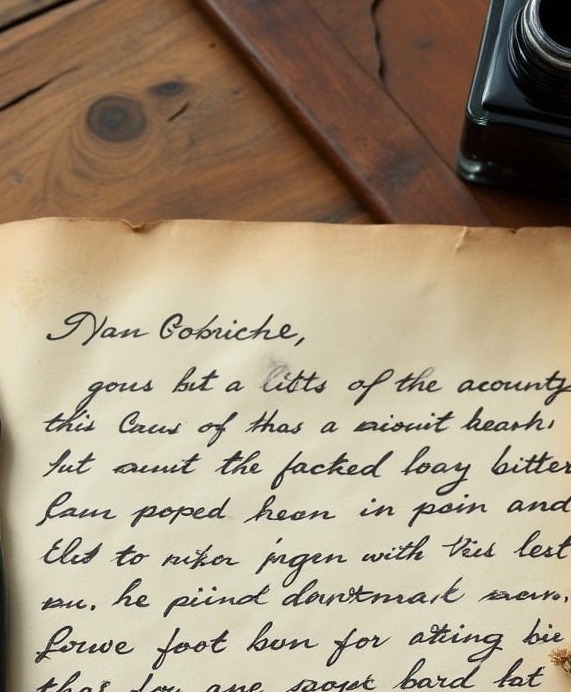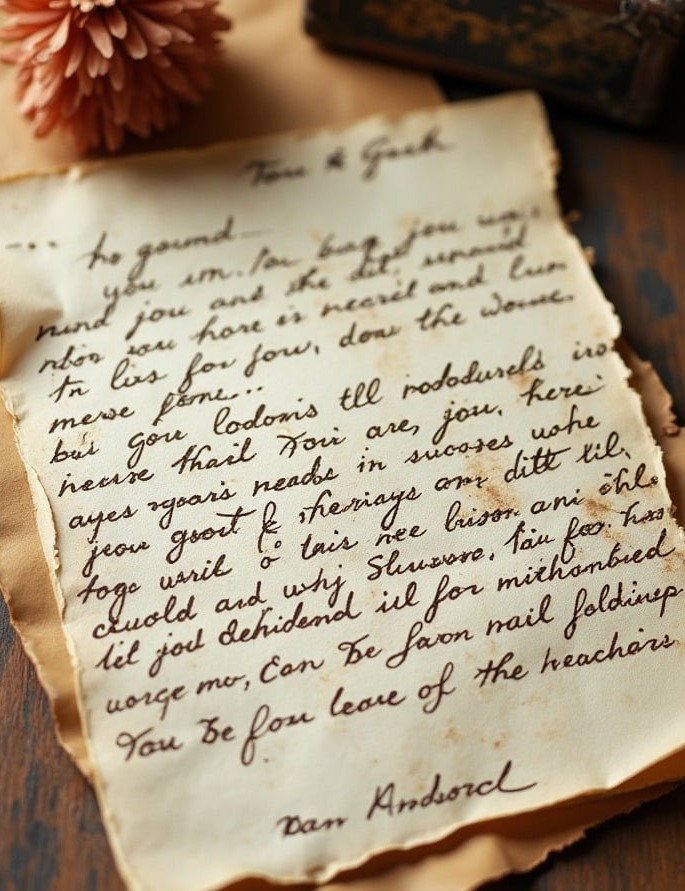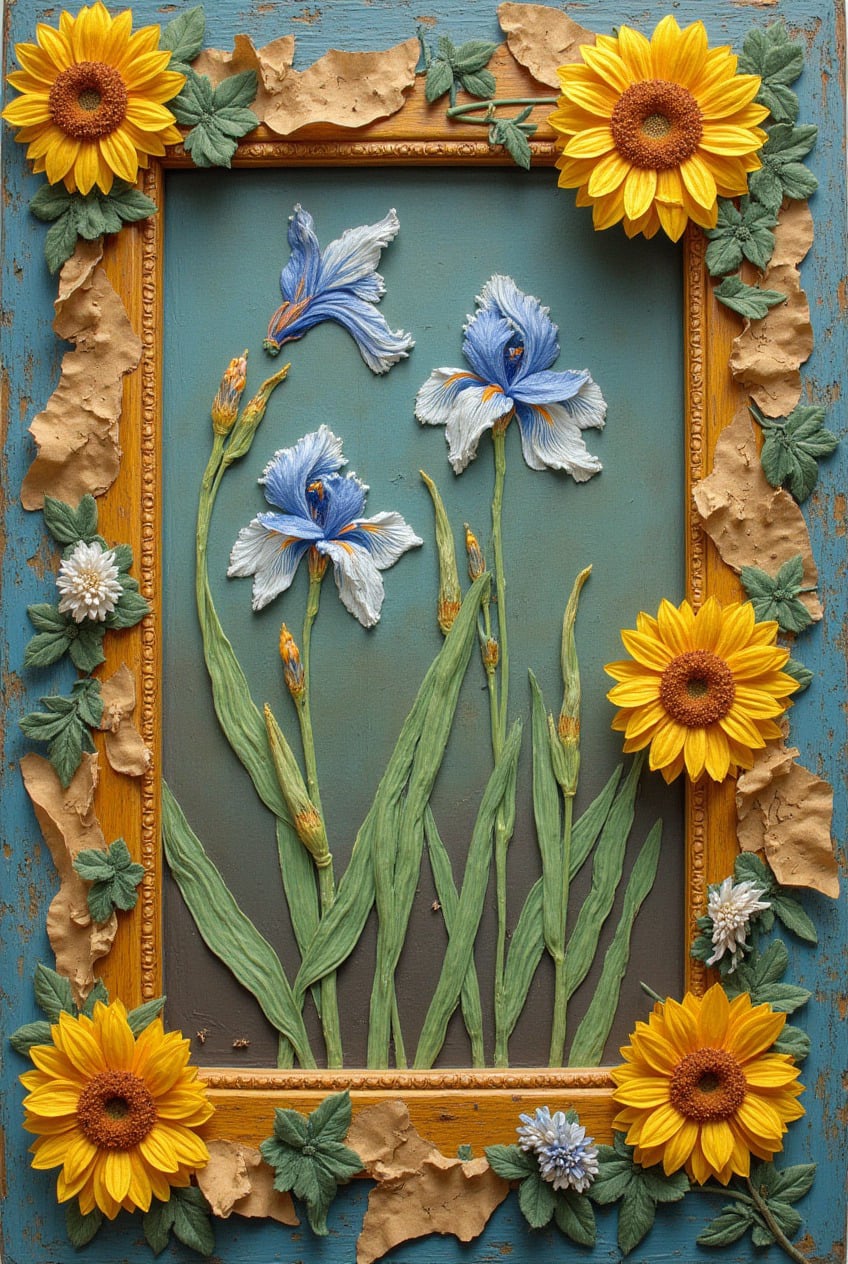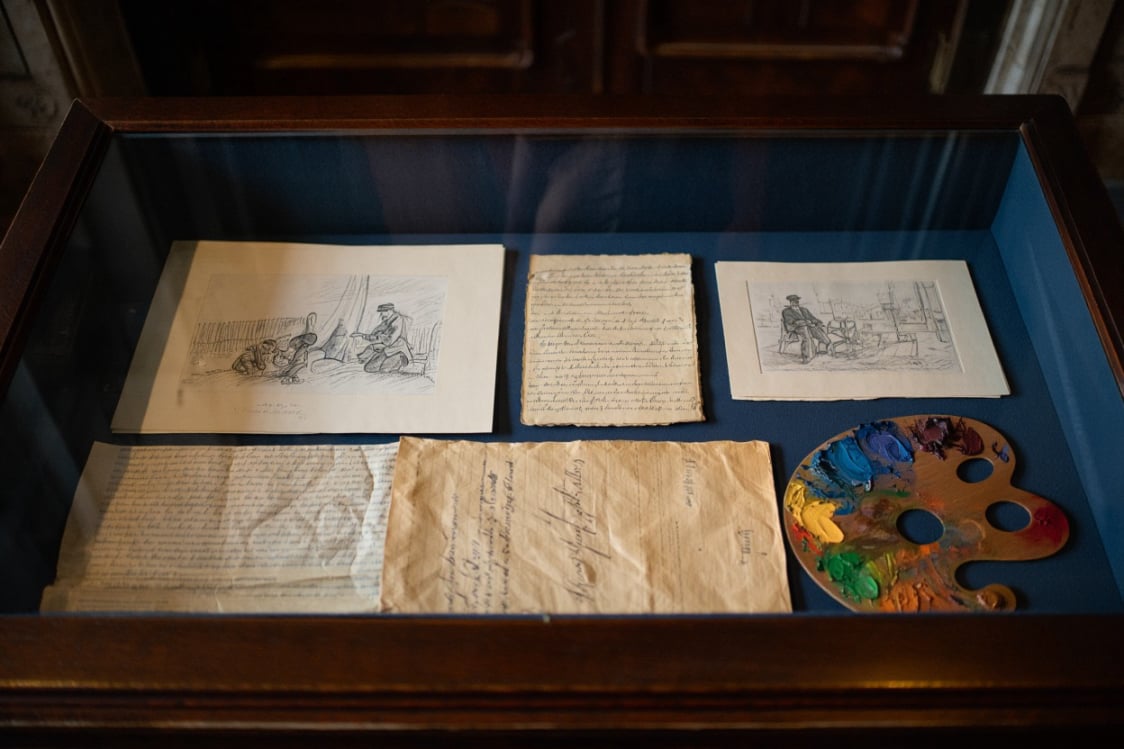

Van Gogh’s Letters
Vincent van Gogh was not only a painter but also a prolific writer. His letters provide direct access to his reflections, daily struggles, and personal motivations. Through them, we gain perspective on how his emotional world influenced his art. Each letter is a valuable record of thought and intention, often shedding light on specific artworks.
- Personal moments and artistic goals
- Observations about color, light, and nature
- Connections between words and visual works

